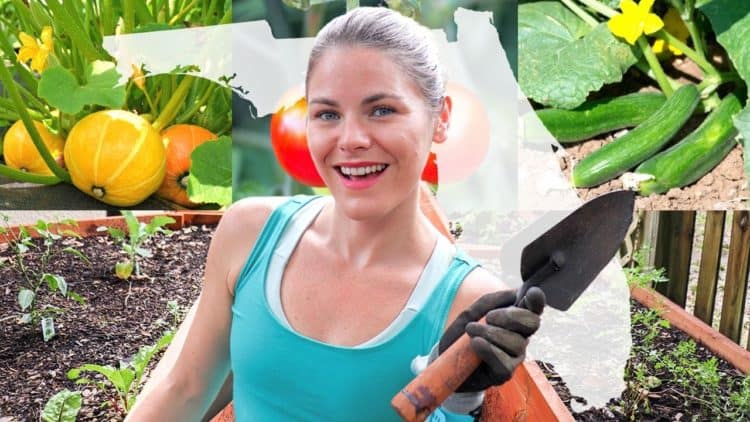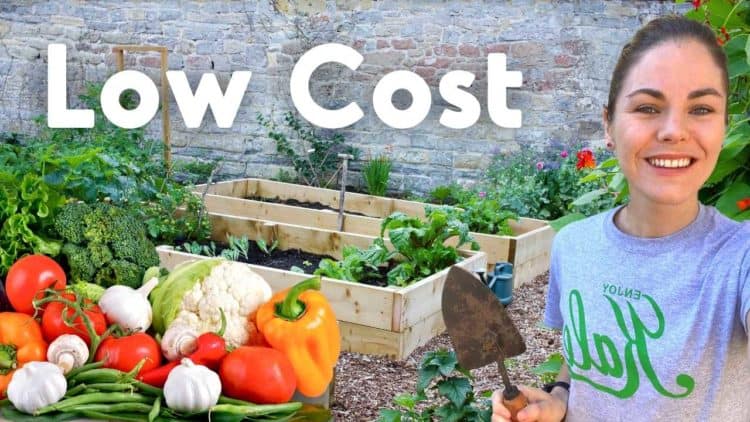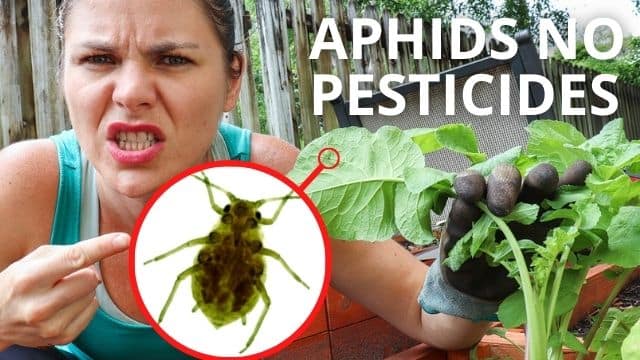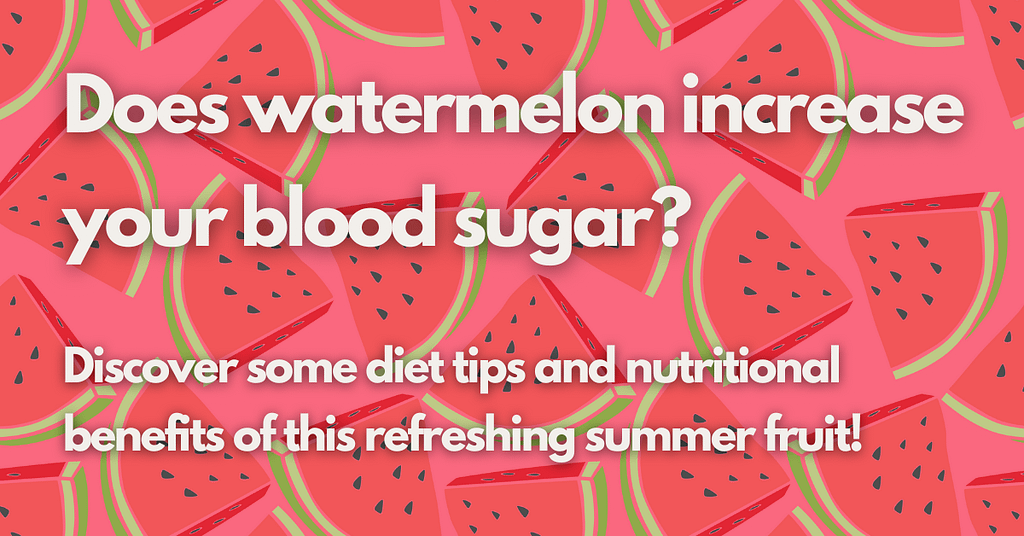These are 8 Spring Vegetables that I am growing in my Central Florida garden. I will share with you the species of these veggies as well as some tips specific to growing them in your Zone 9 garden!
1. Tomatoes
The first vegetable to grow in zone 9 is tomatoes. Right now, four tomato plants are growing in my garden, all started from seeds. They are respectively a Red Beefsteak tomato plant, a small Red Cherry tomato plant, a Rutgers tomato plant, and a Jubilee tomato plant.
Here are some general tips for growing tomatoes. First of all, tomatoes typically prefer slightly acidic soils. If you want to adjust your soil ph for a tomato bed, just make sure it is below seven or slightly acidic. In any case, I typically don’t have any issues keeping my whole veggie garden ph around six and a half to seven.
For your larger tomato species, it is best to start growing them inside before replanting the plants in your garden. This is because if it’s suddenly too hot the tomatoes could stop fruiting. Therefore, try to beat that heat and try to bring those tomatoes to fruit before those hot summer days.
On the other hand, the cherry tomatoes plants generally produce a lot of fruits all throughout summer. I actually had four cherry tomato plants last spring and I ended up with way more cherry tomatoes than I could even handle growing throughout the summer. This is why cherry tomatoes are a good choice if you want to get increasingly more crops.
Last, keep your tomato plants healthy, or they will attract diseases and pests. I just had to get rid of some aphids off of my tomatoes. Therefore, check your plants a couple of times. When the tomatoes will be eventually ready, go try out my bruschetta recipe!
2. Peppers
The second type of veggie is peppers. Among the breeds I am currently growing are Emerald Giant Bell peppers, Ancho Grande peppers, Fresno Hot Chilli peppers, Early Flame Jalapeno peppers, and Habanero peppers.
One thing I love about peppers is that they are quite resistant to intense heat and drought. Moreover, these plants help repel “bad” insects as well as attract beneficial ones that, in turn, will also help keep those “bad” insects at bay.
Another thing to consider is that it is better to start growing the pepper plants inside, as otherwise they get washed away really easily. Check out my stuffed peppers for a delicious recipe!
3. Radishes
The third veggie that I am growing in my Florida garden is radishes. The ones I currently have are white icicle radishes. What I absolutely love about this variety is that it can be harvested within 30 days and can then be replanted throughout the season.
As with most root veggies, they are best to be planted directly in loose soil (ideally, in raised beds). Additionally, radishes and other root veggies need plenty of potassium to grow.
A typical problem we have in Florida is that radishes can bolt, especially when it gets too hot. You can see the top of the plant shoot up and start producing seeds and flowers. At this point, radishes are no longer going to grow and, if you don’t pull them out of the ground, they can become woody. Similarly, this can also happen if they’ve been in the ground too long.
Keep posted for some delicious recipes with those veggies!
4. Vienna Kohlrabi
The fourth veggie I am growing is a purple Vienna Kohlrabi. Contrary to what is generally thought, they are not a root veggie. They are actually part of the brassica family, which includes veggies like cauliflower and broccoli. I tried them in California several years ago and have been craving this delicious veggie since then.
A fun fact about the Vienna Kohlrabi is that there is no historical record of them before 1550. a.d. I am so excited to grow them in my garden, as I cannot find them in our grocery stores.
It is recommended to plant the Vienna Kohlrabi directly in the garden or to transplant them when they are still young. I highly recommend you try growing them in your garden not only because they do taste great but also because they look cool!
5. Swiss Rainbow Chard
The fifth veggie I am growing is Rainbow Swiss Chard. While the majority of green veggies are cold-season crops, these are heat tolerant, which makes them a great spring crop.
You can plant them directly in the ground, but make sure to check for root-knot nematodes on their roots, especially if they have been growing really slowly.
6. Sungold Hybrid Corn
The sixth veggie I am growing is actually a grain. This specific variety of carn has been actually suggested by the University of Florida’s agricultural department.
Corn thrives if planted close to beans and squash. These plants help produce more nitrogen, which is what corn plants crave.
When the kernels are filled and tightly packed, it is time to harvest the corn. Don`t wait for too long, as the flavor might be not so good. I suggest using this delicious corn in my super tasty Cajun Chicken Salad!
7. Cucumber
The seventh veggie is cucumber. Cucumbers can be generally planted between March and April. In general, they do require lots of water and sun.
Be aware that different species have different habits. The ever-bearing species that I am planting is vining cucumber, which is also great for pickling.
8. Golden Scallop Squash
The eighth veggie that I am growing this spring is Golden Scallop Squash. Lately, I have gotten obsessed with this veggie, and I get five new seeds on the fifth of every month from the seed membership I am currently using.
This Golden Scallop Squash looks also super cool. It is one of the few summer squashes that you can grow in the spring. Make sure to hand pollinate your fruits if their surface is too wrinkly, or if they drop prematurely. In addition, I would suggest planting some flowers and herbs that help attract some pollinating insects.
If any pest attacks your squash, try to avoid using pesticides. This is because they can kill the pollinating insects. When harvesting, leave an inch or two of the stem as this helps to store the veggies for longer. When your squashes are ripe, try this delicious Turkey Meatballs and creamy pesto sauce over spaghetti squash!
Some final tips
Here are some final suggestions. All these veggies are great not only for Central Florida but also for any other Zone 9 areas. Before starting your Spring veggie garden, make sure to clear out all the plants from the previous season, and till the soil with some compost. The ph of your garden should be around 6,5-7. Different veggies have different ph requirements but they all fall around this range.
In addition, make sure that your soil is drainable. If you are correctly planting your veggies in the ground, this should not be a problem for you. Another issue I often have is retaining moisture.
Make also sure to not plant your veggies into the ground until the danger of the last frost is passed, which in Florida is around the end of February. Once you put your veggies in the ground, I do highly suggest covering them with some mulch. For this purpose, I typically use some leaves.
After that, I suggest using some fertilizer to nourish your newborn plants. I love to use a slow-release fertilizer for my veggie gardens, which typically needs to be used every few months.
Finally, make sure that your veggie garden is getting around one inch of water per week, which is about 90 minutes throughout the week. Here in Florida, we usually do not need to worry too much about water. However, when it gets dry, it gets really dry. Therefore, try to make sure your plants get the water they need.
Subscribe to this channel and follow me on Instagram so that you can see how my veggies are doing throughout the season.
Let us know what you are growing in your garden in the comments!




